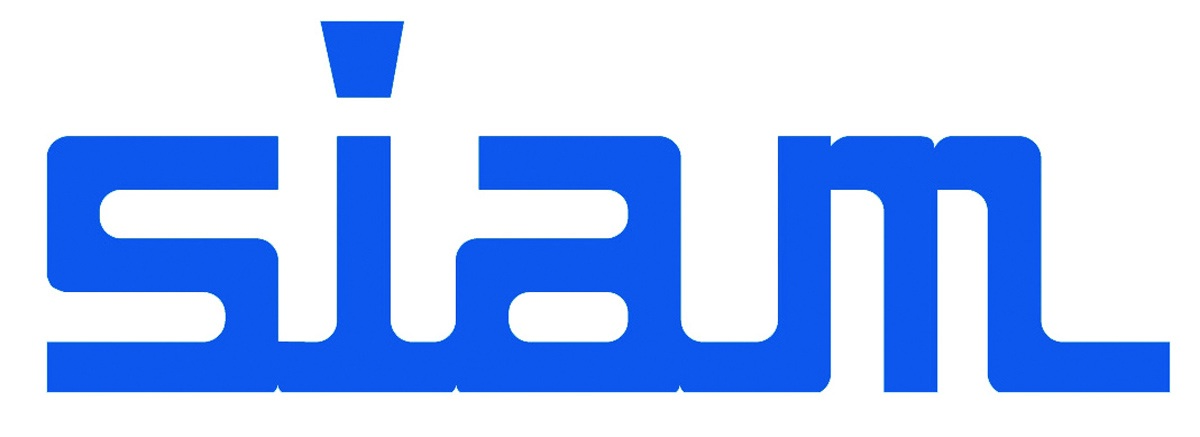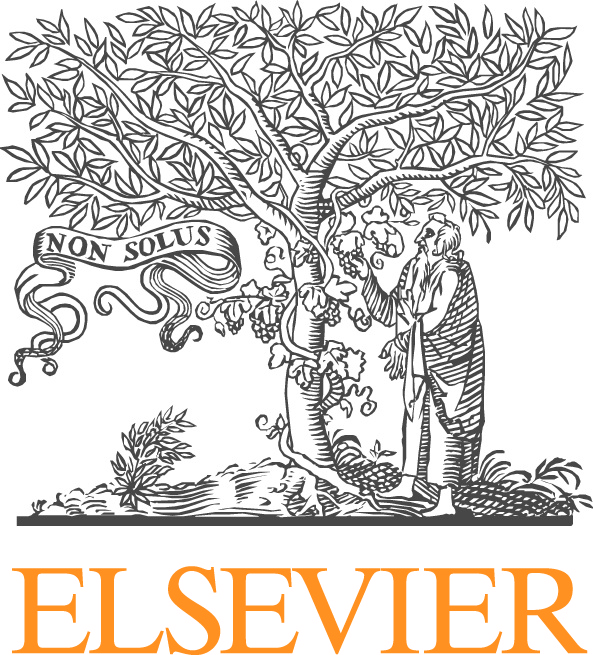Kirubel Teferra, Naval Research Laboratory
Jingwen Hu, University of Michigan
Matthew Panzer, University of Virginia
Computational impact and injury biomechanics combines knowledge of injury/impact biomechanics, anatomy, and human performance in a numerical framework to determine how injuries are caused and prevented. Advances in various aspects of computational mechanics (e.g., multi-physics and multiscale solution strategies, massively parallel algorithmic developments and matching computing capabilities, and novel constitutive frameworks) and sustained emergence of experimental data on varied organs of human body are driving ever-improving efforts in the high-fidelity simulations of biological trauma under a variety of loading scenarios. This is a highly important topic, with many applications including automotive safety, sports performance, and military protection.
In response to these issues, this mini-symposium is being organized to provide a forum to foster multidisciplinary interaction and collaboration among researchers in the field of computational biomechanics of impact and injury. Topics of interest include, but are not restricted to, the following:
- Accident reconstruction
- Active muscle response on biomechanics
- Anthropometric morphing and registration methods
- Ballistic trauma
- Blast biomechanics and injury
- Constitutive modeling of soft tissues
- Multi-body models of impact
- Occupant protection and restraint evaluation
- Pedestrian impact
- Protective equipment evaluation
- Sensitivity analysis of model parameters
- Sports injury
- Traumatic brain injury and concussion







